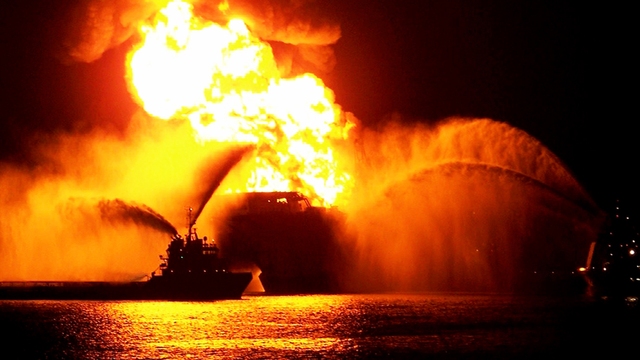Gulf of Despair
 Two years after the Gulf of Mexico disaster BP say the area is back in business. But in reality oil is washing up on the beaches, local residents are falling ill and the peak of the crisis is yet to come.
Two years after the Gulf of Mexico disaster BP say the area is back in business. But in reality oil is washing up on the beaches, local residents are falling ill and the peak of the crisis is yet to come.
"We are glad to report all beaches and waters are open", states BP in a new advertising campaign. For the oil company business can resume as normal, but for the communities whose livelihoods rely upon the waters around the Gulf of Mexico business could not be worse: "there are no oysters growing so our future is very uncertain". Moreover, many locals who volunteered during the clear up are now suffering potentially fatal health problems caused by toxins in the chemical BP used to disperse the oil, Corexit 9527. "They are having breathing problems, headaches, breaking out in rashes, asthma...", explains a community worker, Glenda Perryman. And there could still be a wider threat to human health; strong evidence suggests the oil has got into the food chain. "We're finding it in larger quantities over a one-year period after the spill, so it's bio-accumulating. It's going to impact on generations to come", says Wilma Subra, an environmental scientist. As with the Exxon Valdez disaster in Alaska, it will take a few more years before the real impact of this spill is felt. For those in the locality, that may be too late: "I don't know if I am living or dying".
FULL SYNOPSIS

